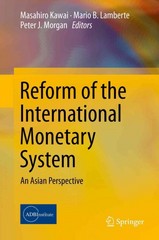Answered step by step
Verified Expert Solution
Question
1 Approved Answer
PS-2-Question 5 Years of Schooling' No Schooling 0 Partial Primary 4 Complete Primary 8 Incomplete Secondary 10 Complete Secondary 12 Incomplete Higher 14 Complete Higher

Step by Step Solution
There are 3 Steps involved in it
Step: 1

Get Instant Access to Expert-Tailored Solutions
See step-by-step solutions with expert insights and AI powered tools for academic success
Step: 2

Step: 3

Ace Your Homework with AI
Get the answers you need in no time with our AI-driven, step-by-step assistance
Get Started


